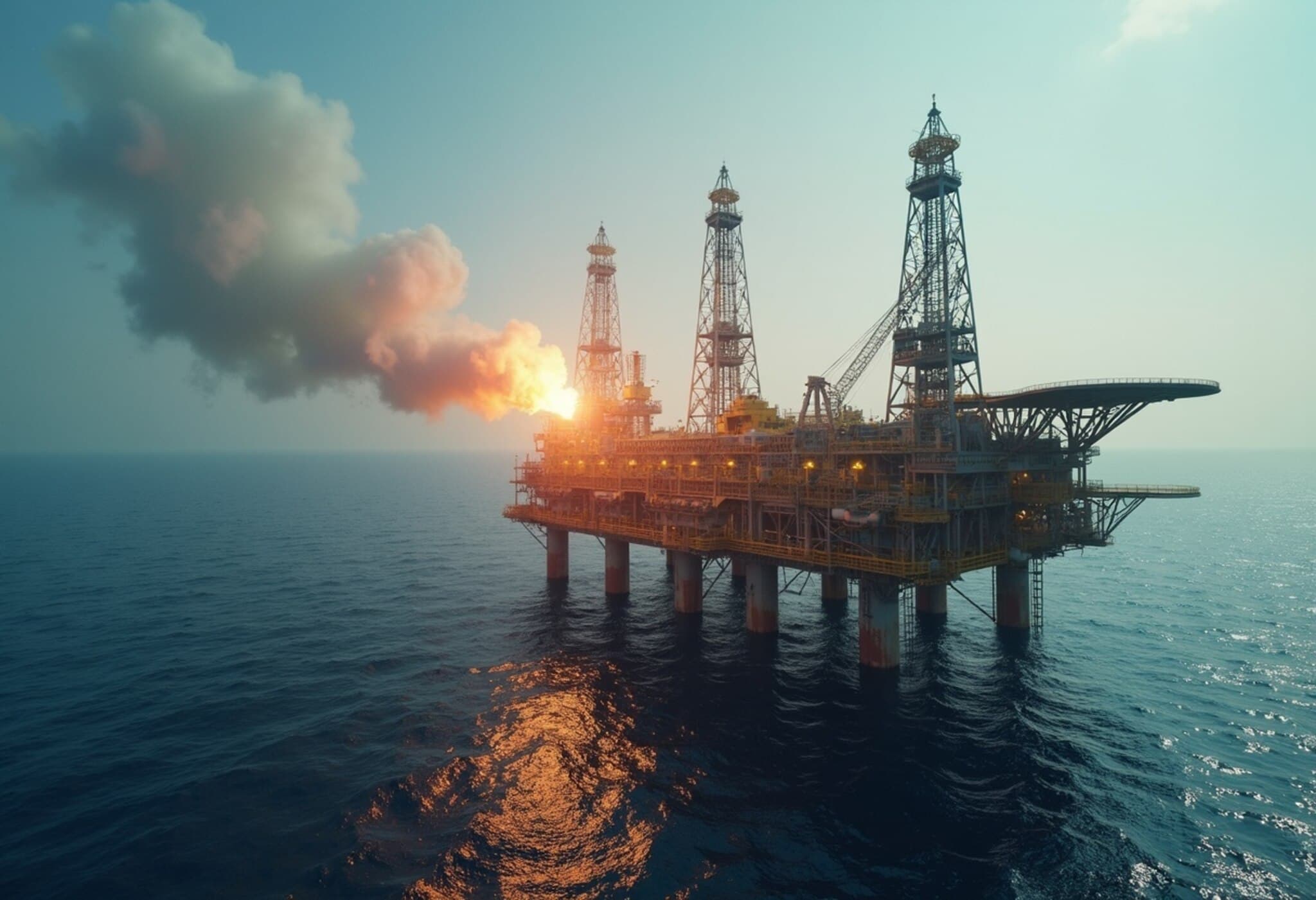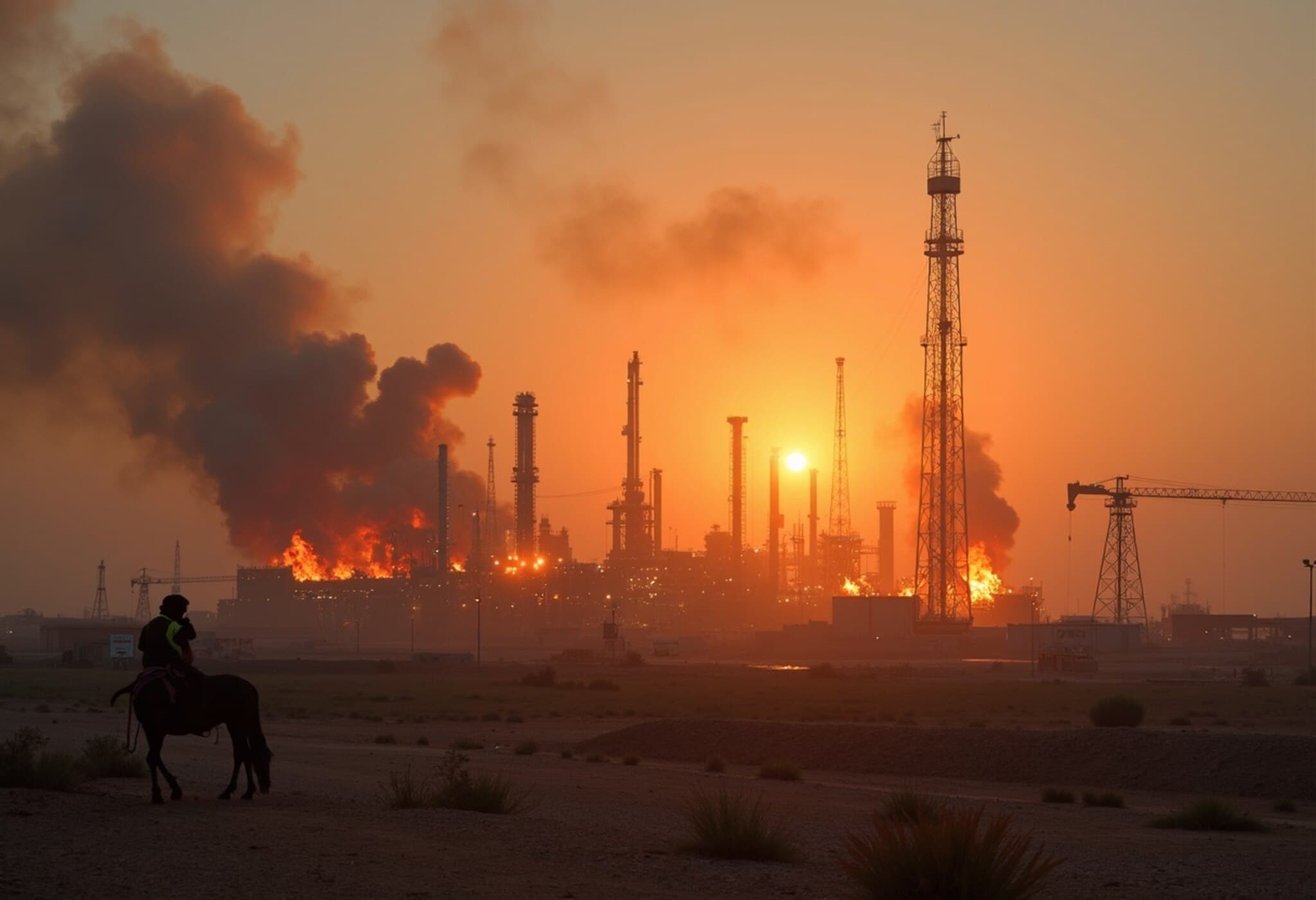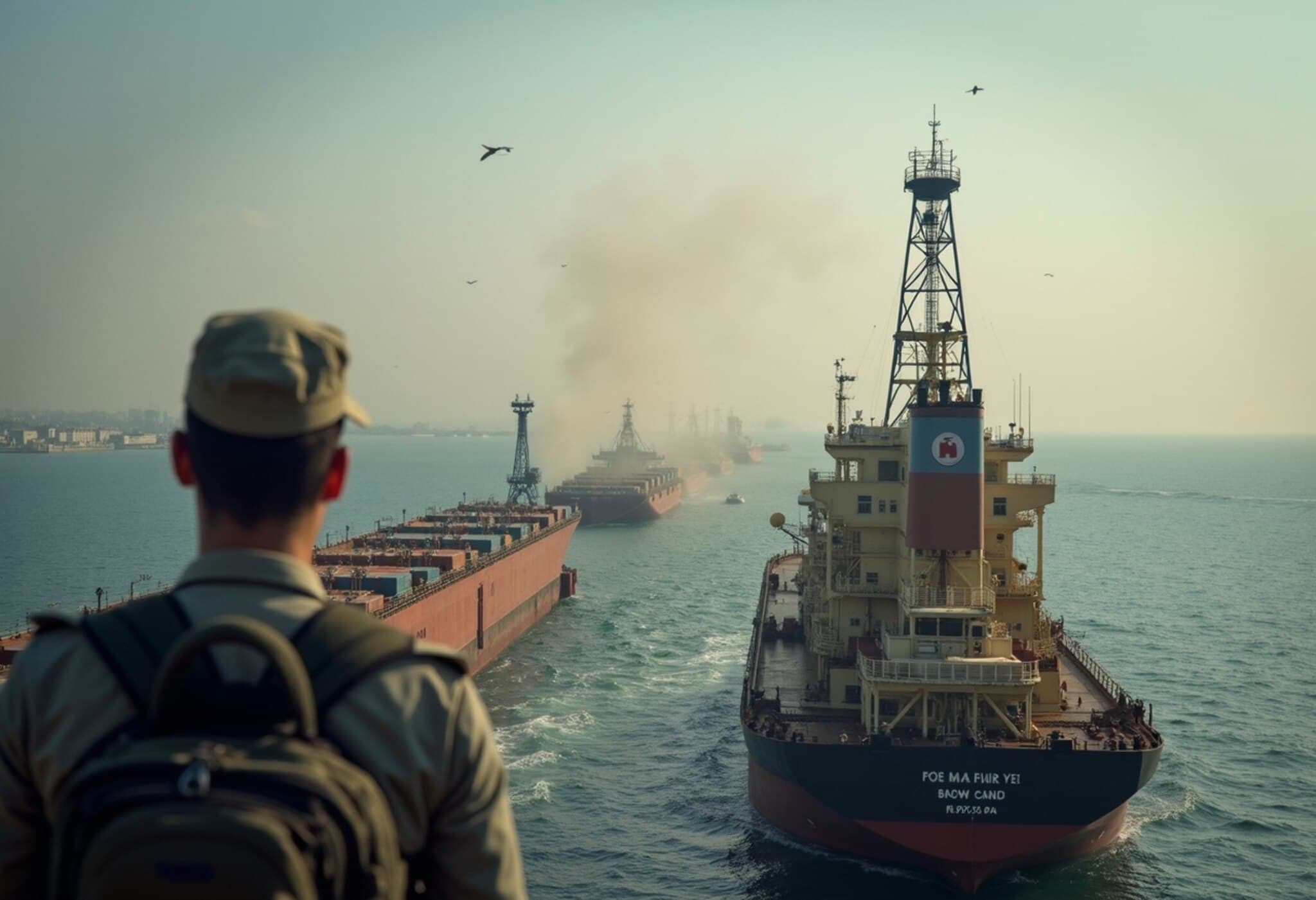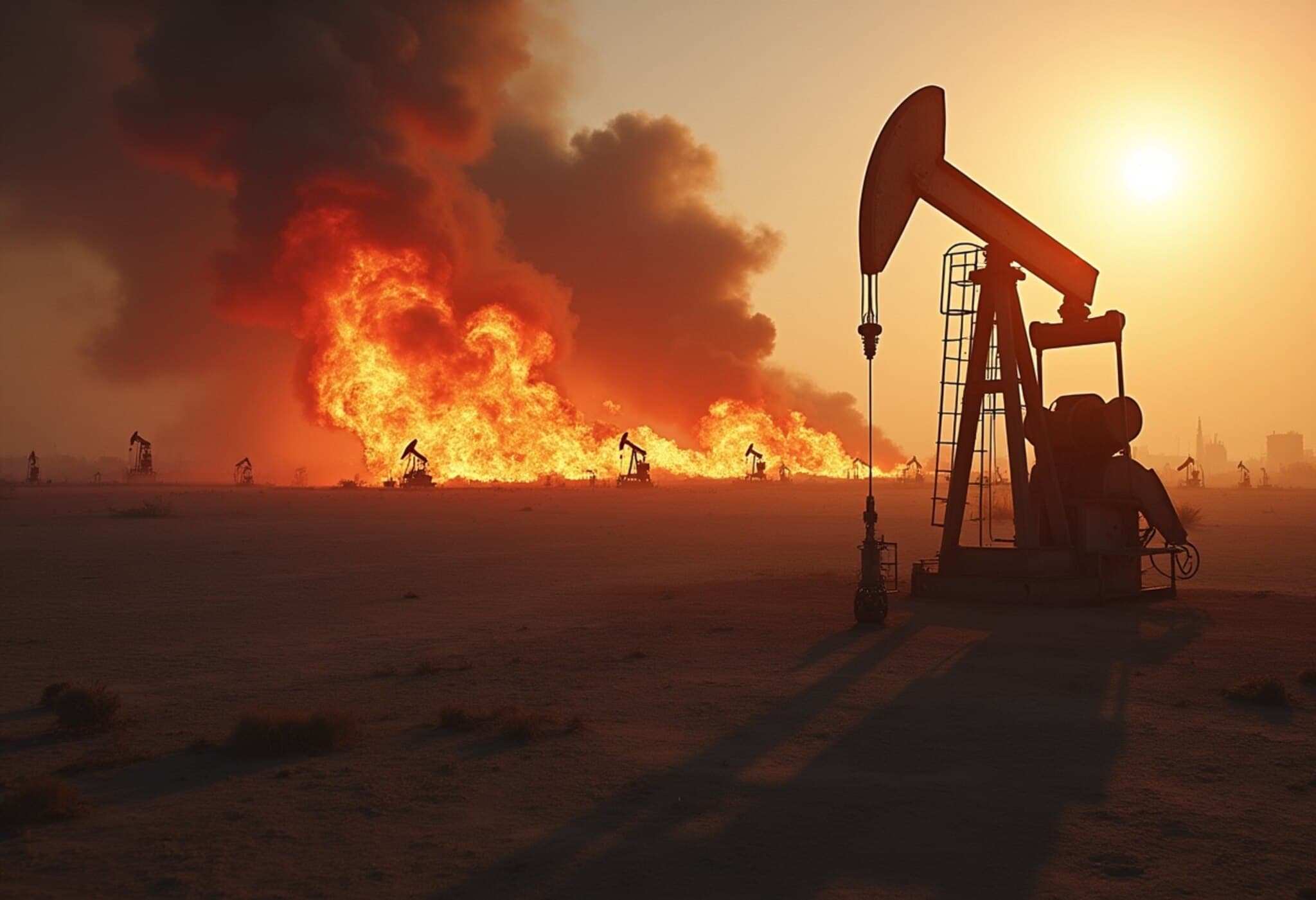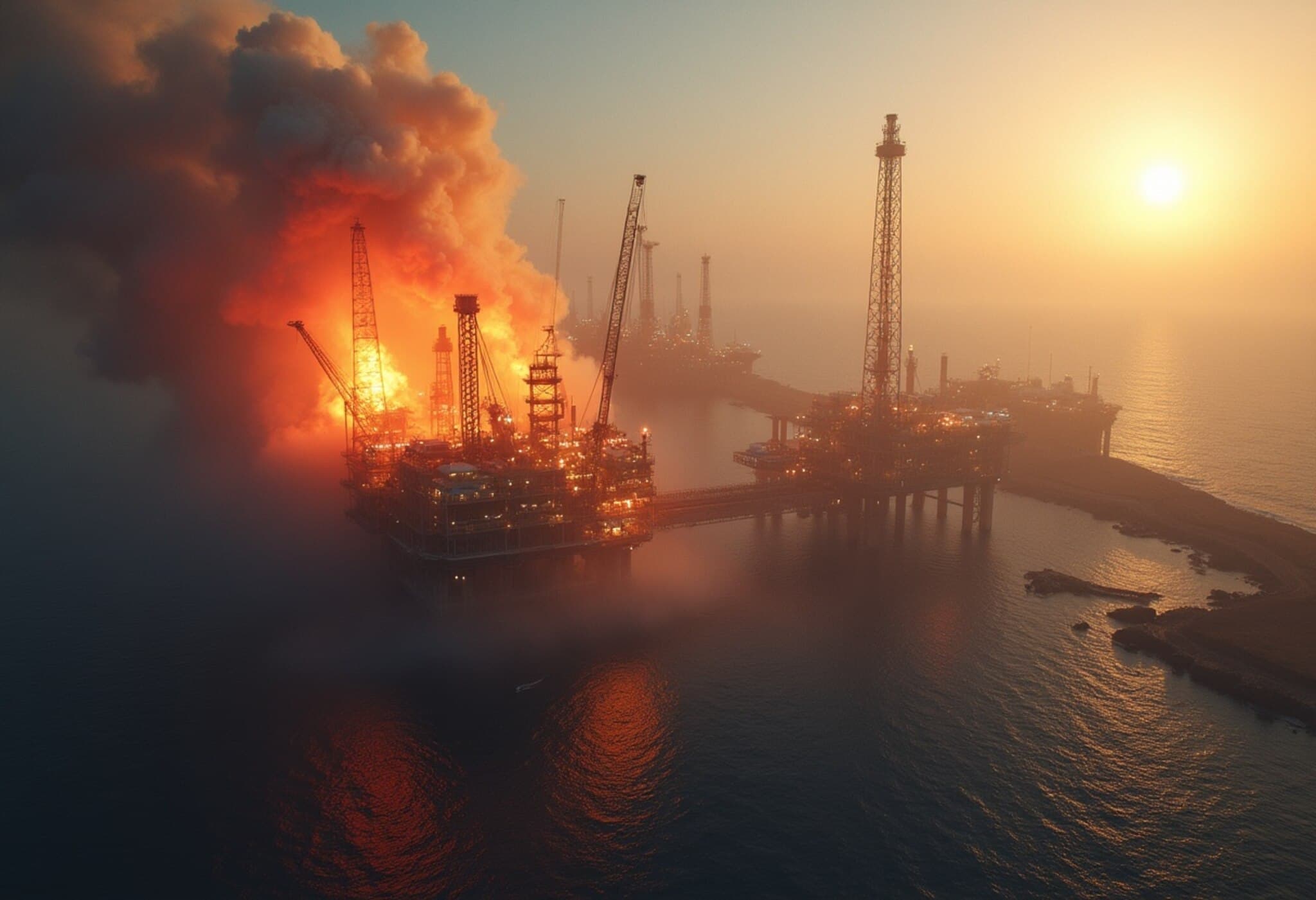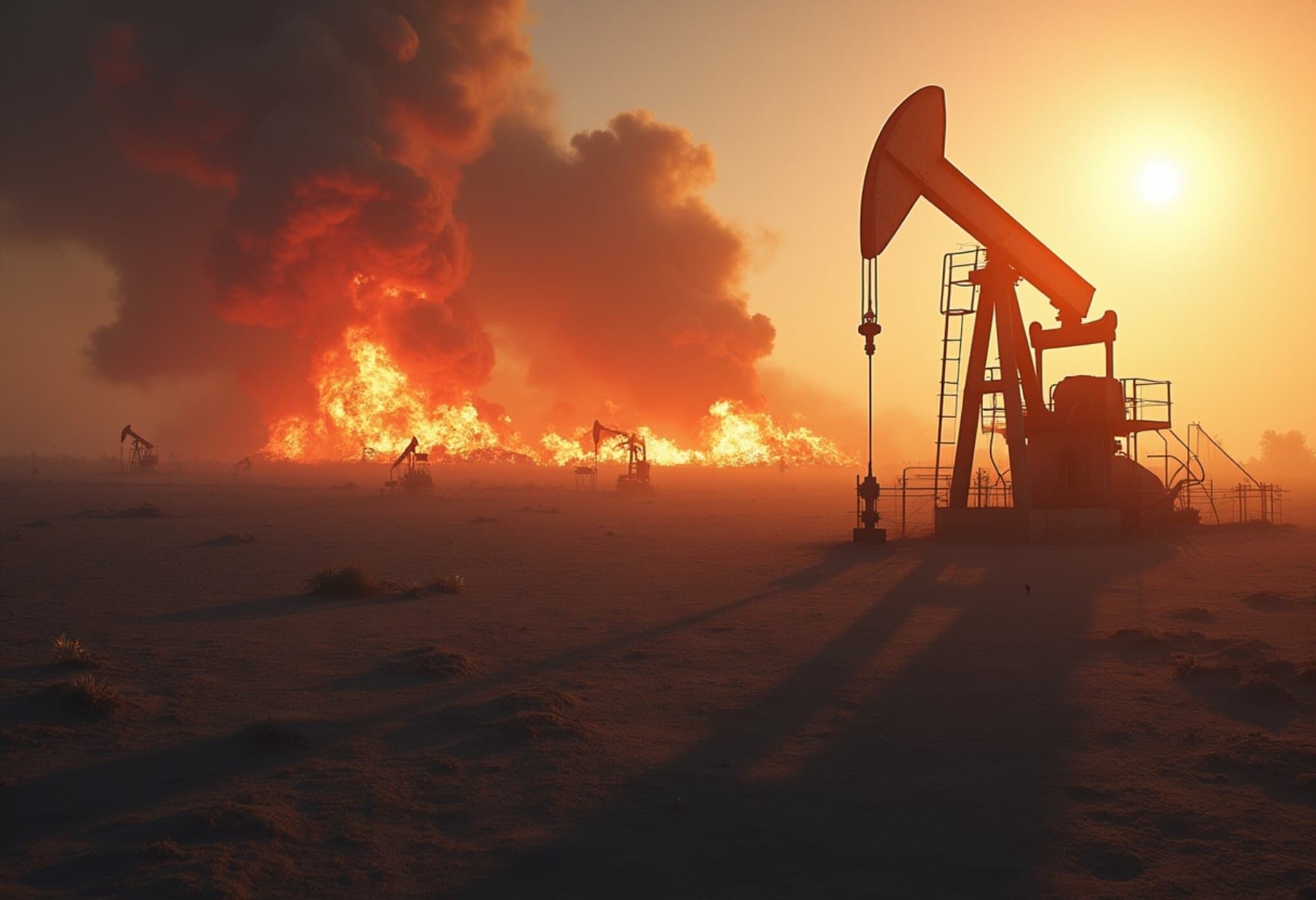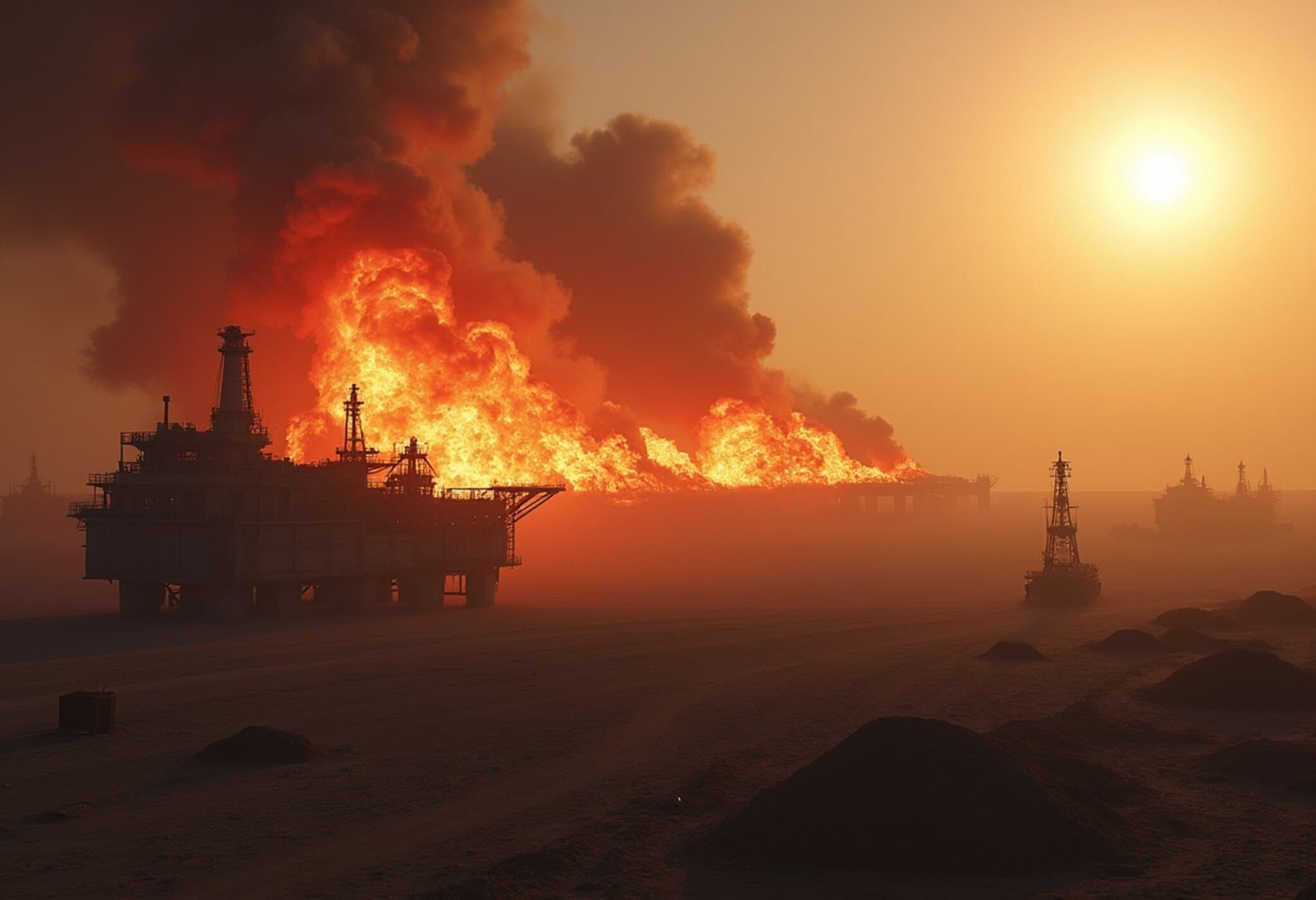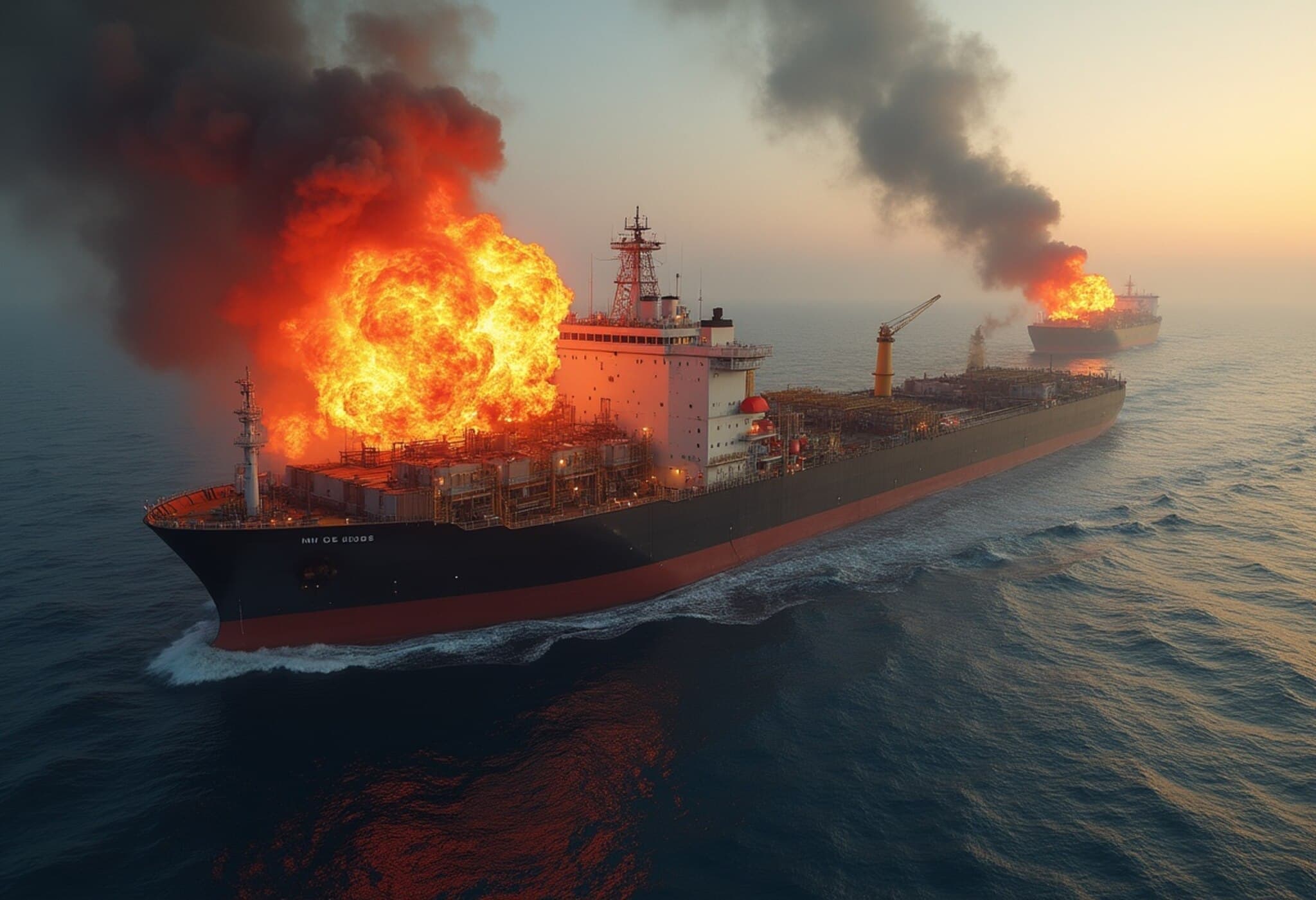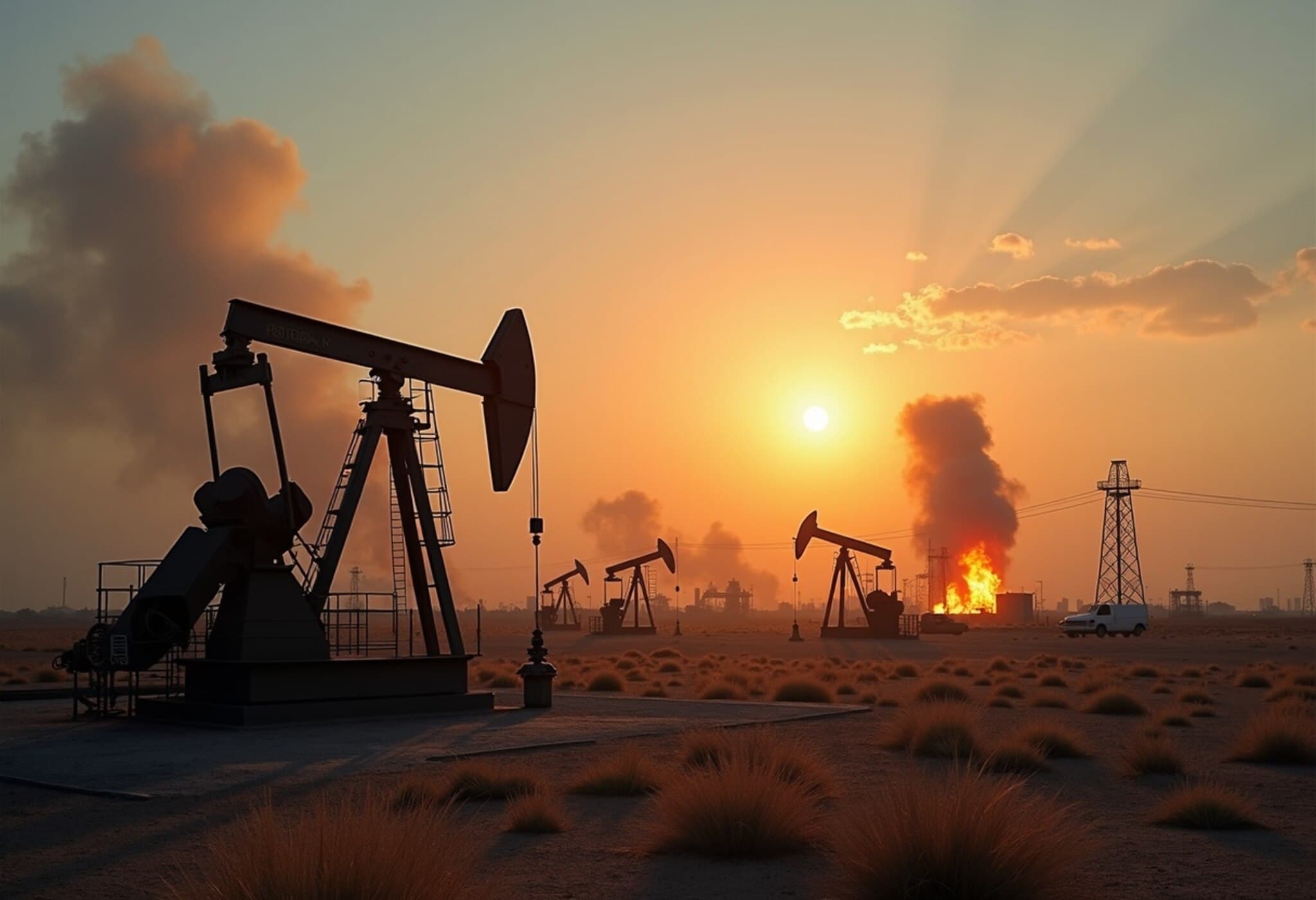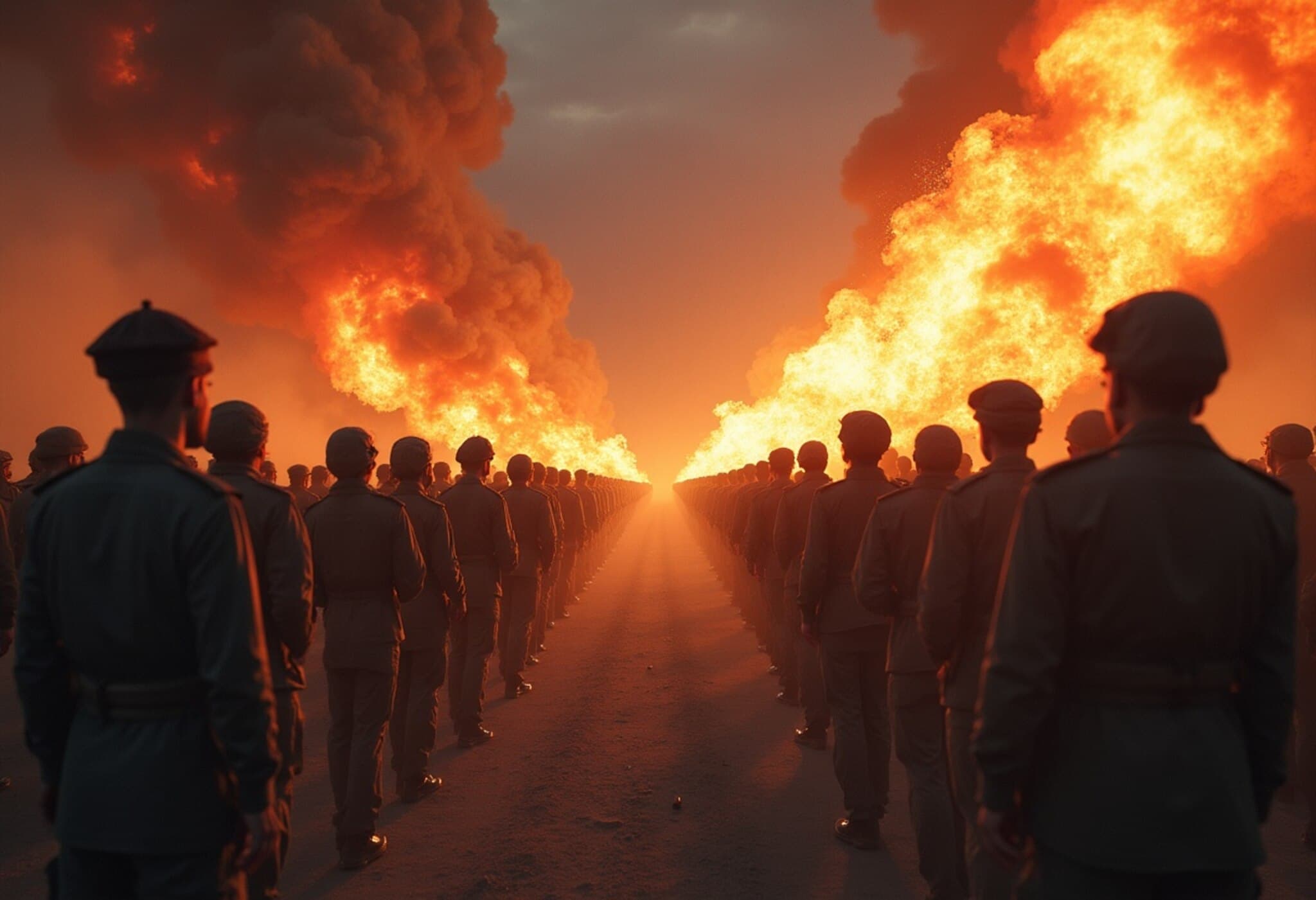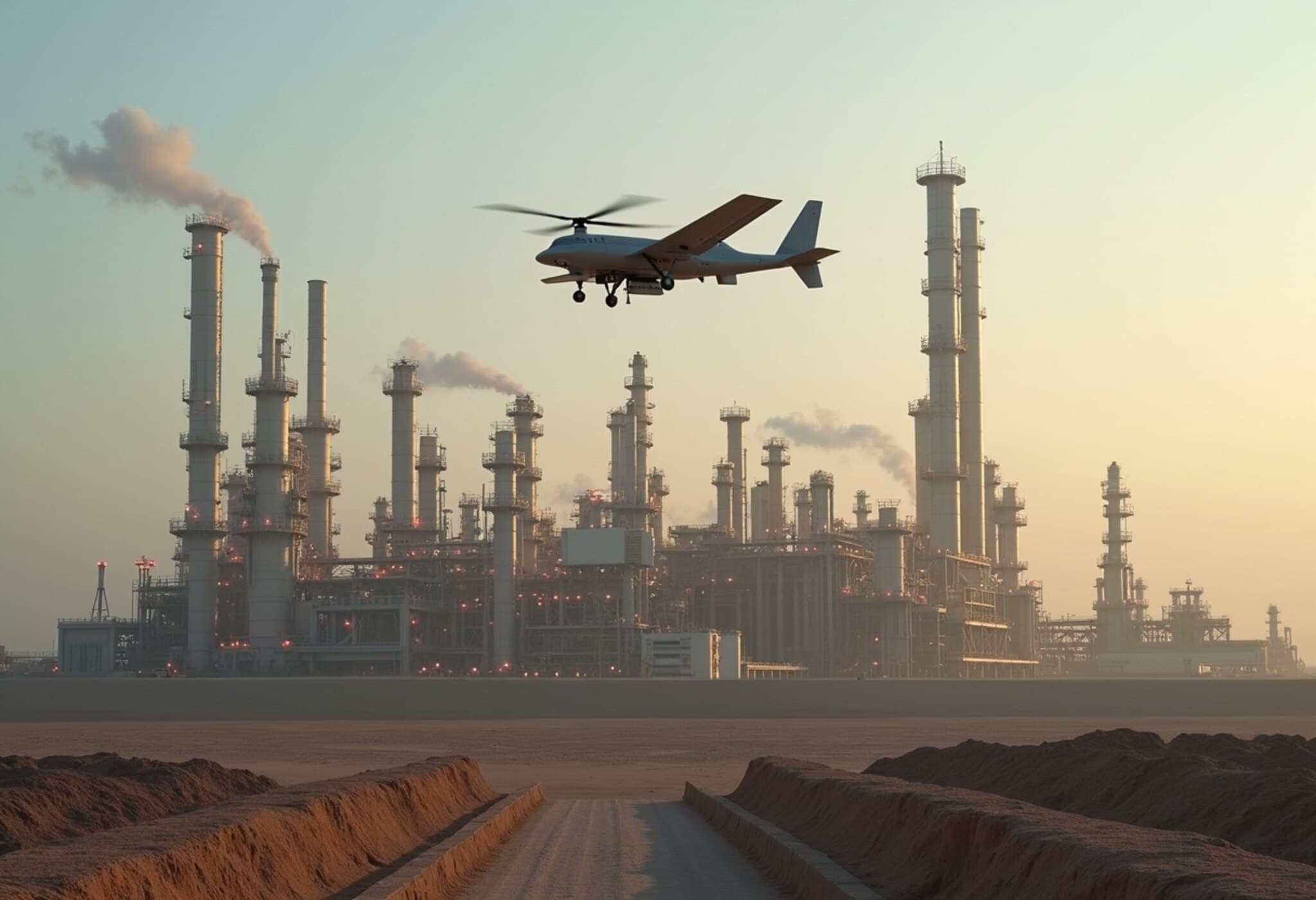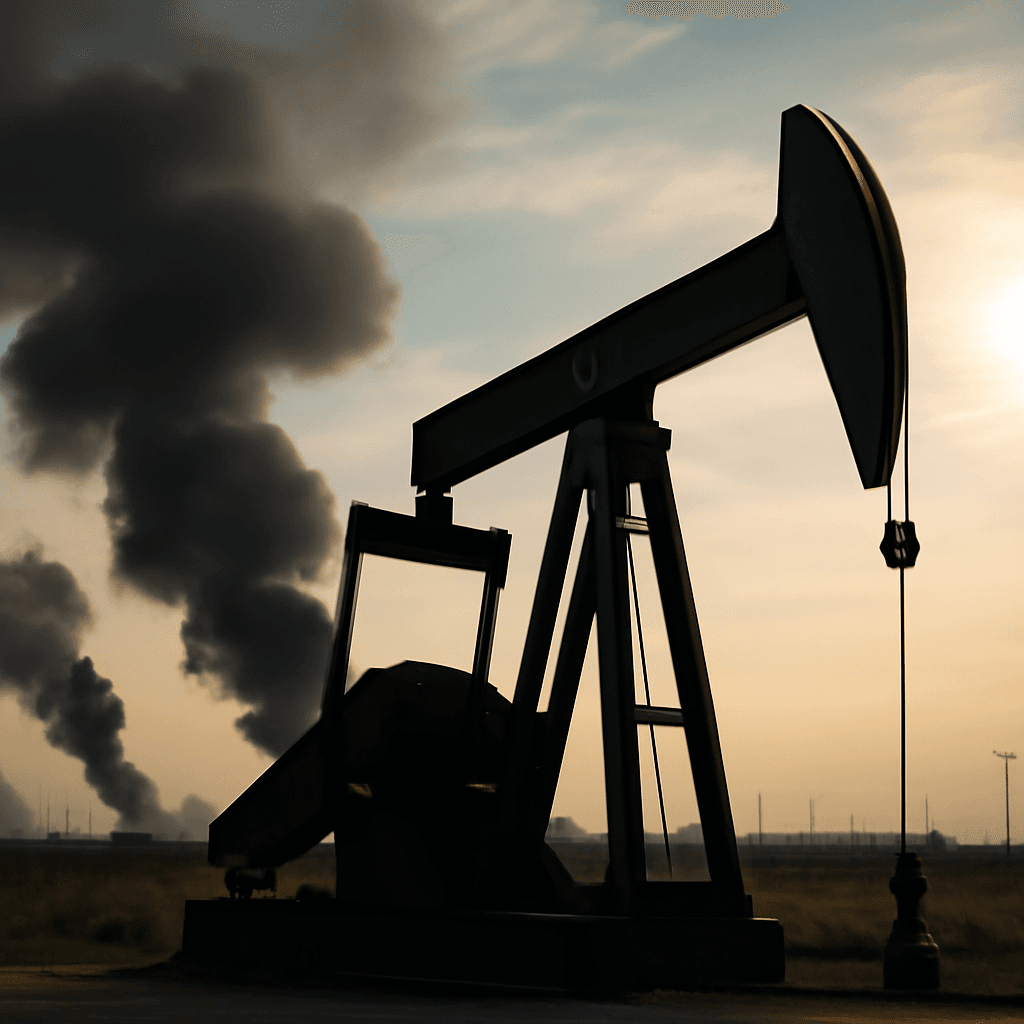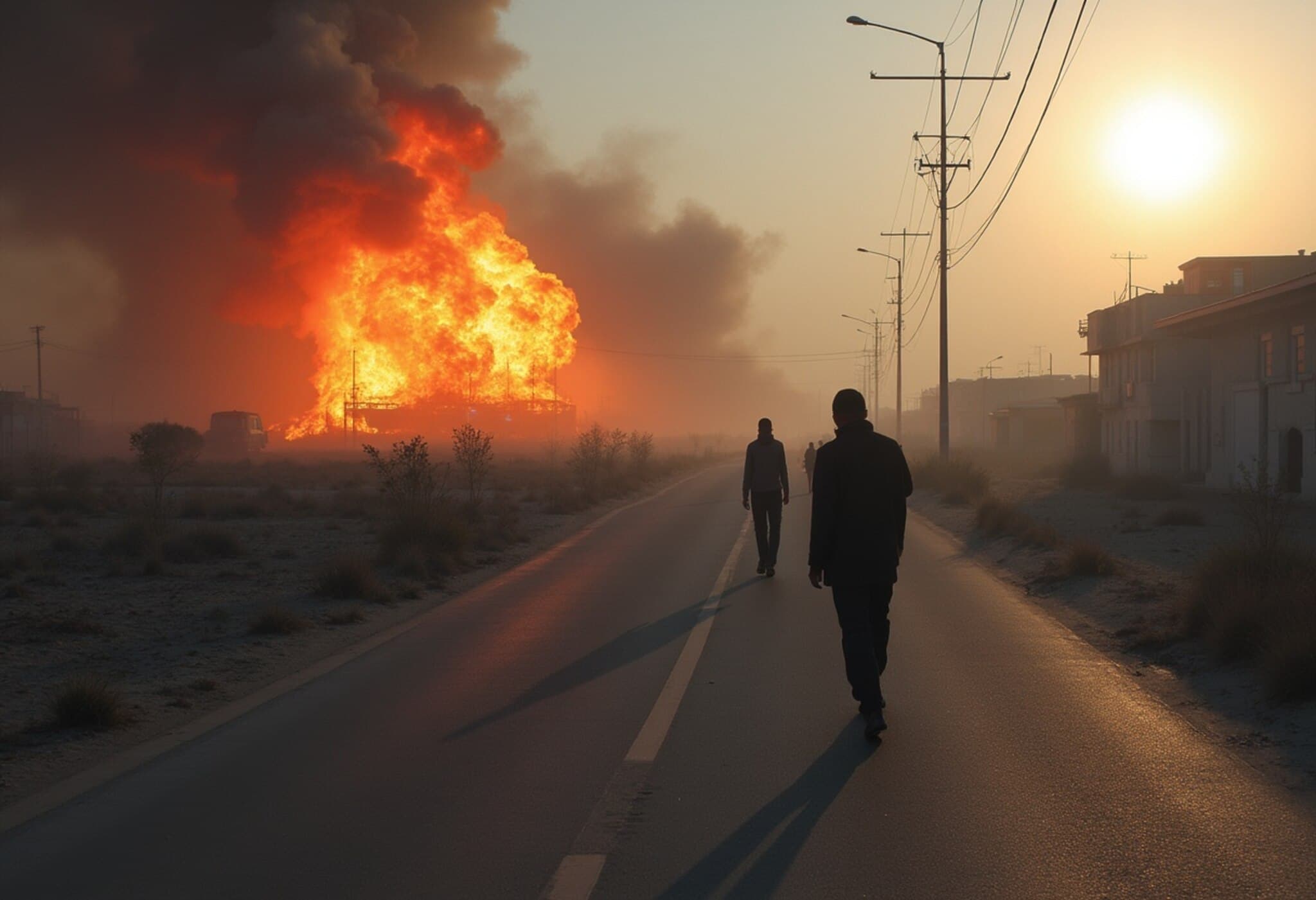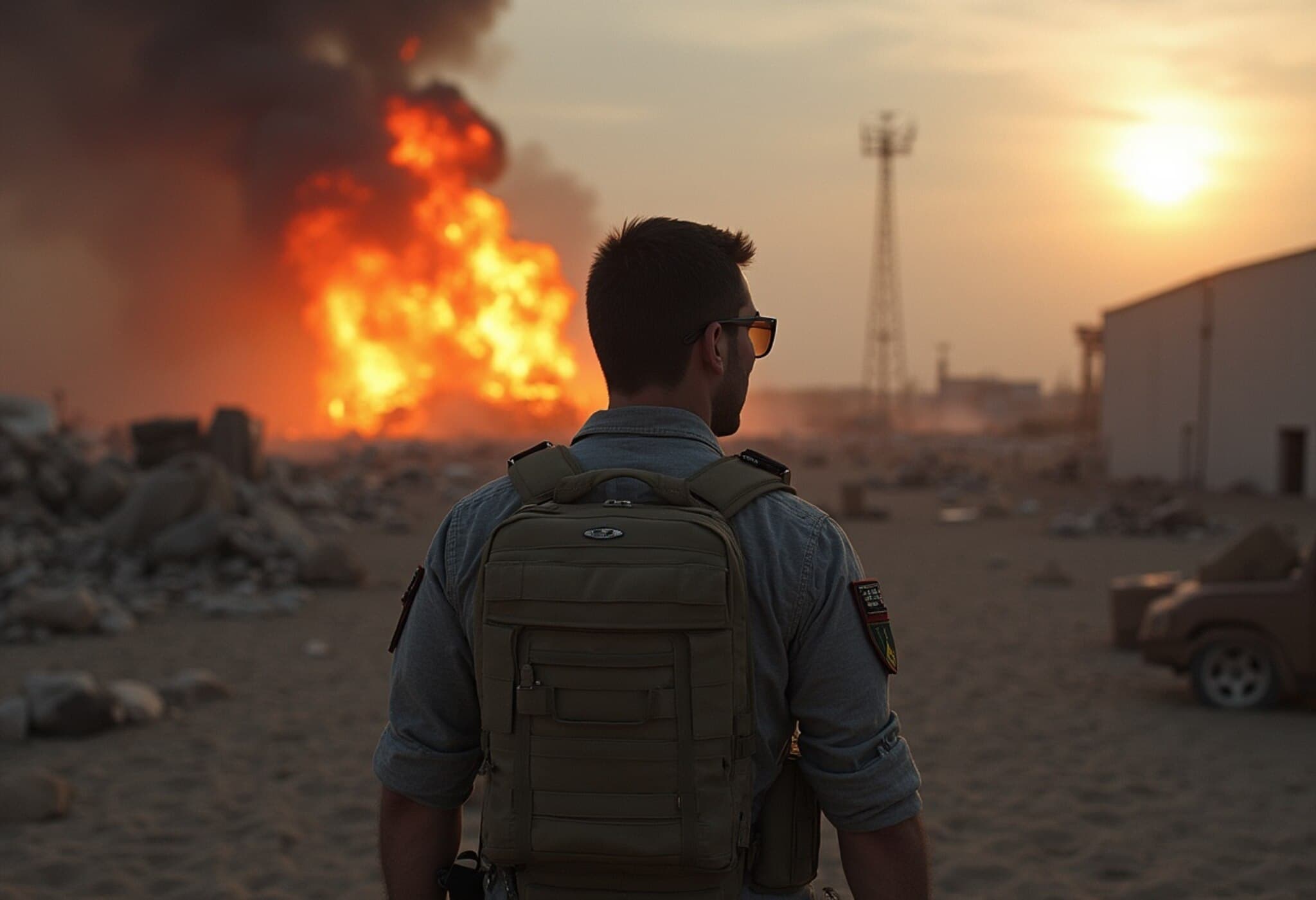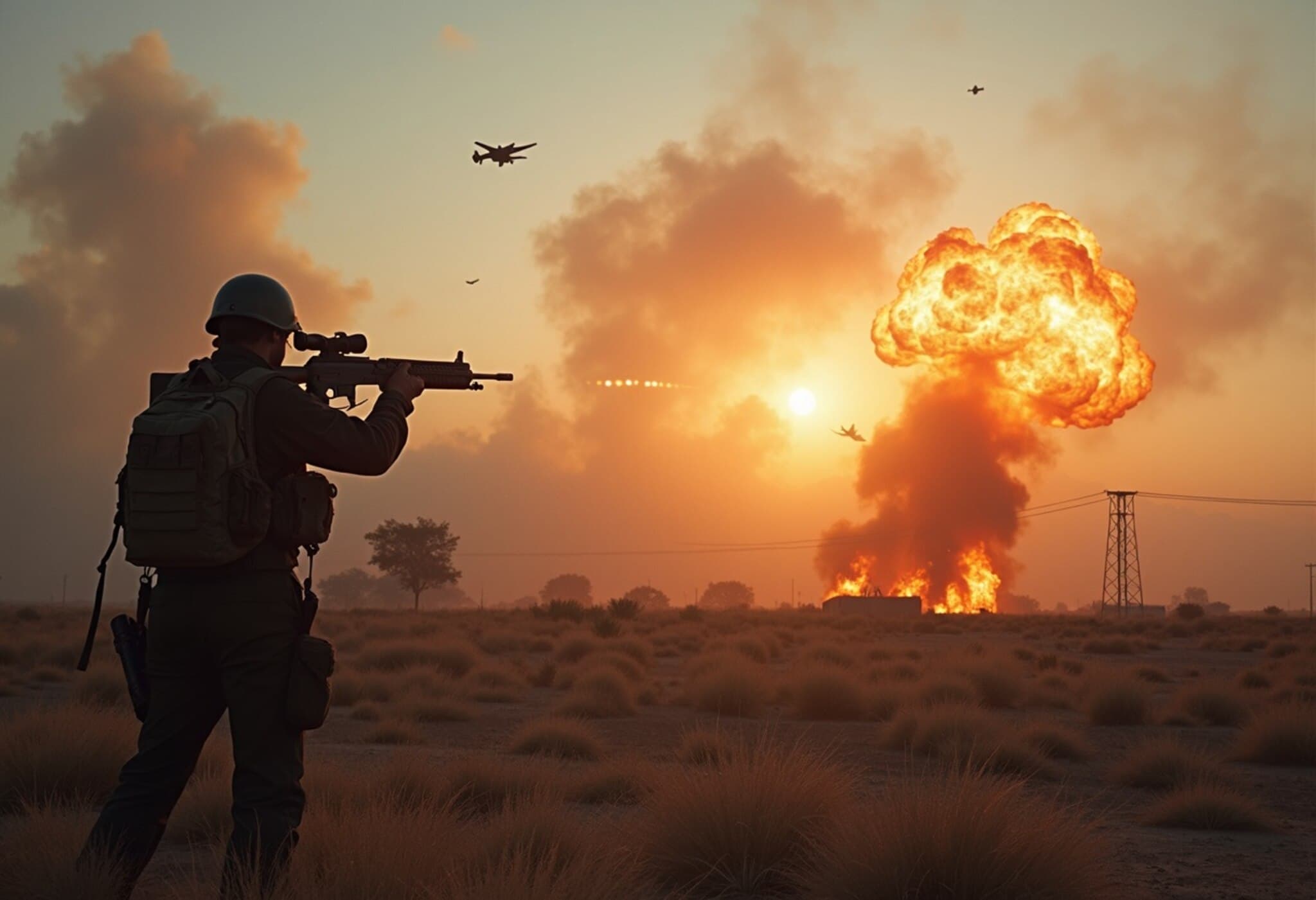Israel Targets World's Largest Gas Field in Iran: Why It Matters
On June 15, 2025, an Israeli airstrike hit Phase 14 of the South Pars gas field, the world’s largest offshore natural gas reserve shared between Iran and Qatar. The attack sparked a fire in one of Iran’s main processing units, forcing Tehran to suspend 12 million cubic meters of daily gas production.
The Significance of South Pars
The South Pars gas field, located offshore in Iran’s Bushehr province, stretches into Qatar’s waters, where it is known as the North Field. This massive reserve accounts for roughly 66 percent of Iran’s domestic gas supply, vital for electricity generation, heating, and petrochemical industries.
Iran ranks as the world’s third-largest natural gas producer, churning out about 275 billion cubic meters (bcm) annually—approximately 6.5 percent of global production. However, due to international sanctions, most of this gas serves internal needs, with exports limited to neighboring countries like Iraq.
Conversely, Qatar, benefiting from partnerships with leading energy giants, exports an impressive 77 million tonnes of liquefied natural gas (LNG) annually from the North Field, supplying Europe and Asia.
Why This Airstrike Marks a Dangerous Shift
Escalating Conflict Beyond Military Targets
Until now, Israeli military action against Iran focused primarily on nuclear and military assets. Striking energy infrastructure like South Pars introduces a new, perilous economic battleground, signaling a willingness to disrupt Iran’s critical energy lifelines.
This attack is reminiscent of the 2019 strike on Saudi Arabia’s Abqaiq oil facility, which rattled global markets. Experts warn this signals a broader strategy of economic warfare.
Global Energy Supply Risks
The Persian Gulf’s strategic importance cannot be overstated, especially since about 21 percent of the world’s LNG and 14 million barrels of crude oil pass daily through the Strait of Hormuz nearby.
With South Pars now directly targeted, fears intensify over potential assaults on other critical energy infrastructure, including Iran’s Kharg Island oil terminal.
Experts suggest Israel’s message is clear: Iranian energy assets might be hit if Israeli civilians face threats. This raises the stakes for the entire region, with implications that could ripple through global markets and energy supply chains.
Market and Geopolitical Fallout
The immediate aftermath saw oil prices surge by as much as 14 percent, settling near $73 per barrel. While South Pars largely fulfills domestic demand, the psychological impact of this attack reverberates globally, especially given Iran’s status as OPEC’s third-largest producer.
The prospect of future disruptions at key chokepoints like the Strait of Hormuz could push prices even higher, fueling inflation in energy-reliant regions such as Europe and Asia.
Despite calls for calm, Iranian officials have vowed strong retaliation, promising to escalate tensions further.
Challenges Within Iran’s Energy Sector
This strike comes amid one of Iran’s most severe energy crises in decades. Chronic gas shortages have triggered frequent blackouts, costing the economy an estimated $250 million daily. Power rationing has affected homes and factories alike.
Sanctions and aging infrastructure have eroded Iran’s ability to meet growing demand, making recovery from this attack both costly and time-consuming, according to energy analysts.
Broader Implications for Global Energy Security
Though South Pars primarily fuels Iran internally, its location in the Persian Gulf—a vital artery in global energy trade—means this attack raises serious concerns worldwide. It marks a shift where energy infrastructure is increasingly becoming a focal point of conflict.
Any prolonged escalation threatens to disrupt supply chains, spike fuel prices, and intensify economic pressures globally.
In Summary
- Israeli airstrike on South Pars gas field temporarily halted 12 million cubic meters of Iranian gas production daily.
- South Pars supplies about 66% of Iran's domestic gas and is part of the world's largest offshore natural gas reserve.
- The strike represents a new phase in regional conflict, targeting energy infrastructure with potential global repercussions.
- Oil prices reacted sharply, underscoring the attack's impact on market stability and energy security.
- Iran faces compounded challenges amid an ongoing energy shortage crisis worsened by international sanctions.

